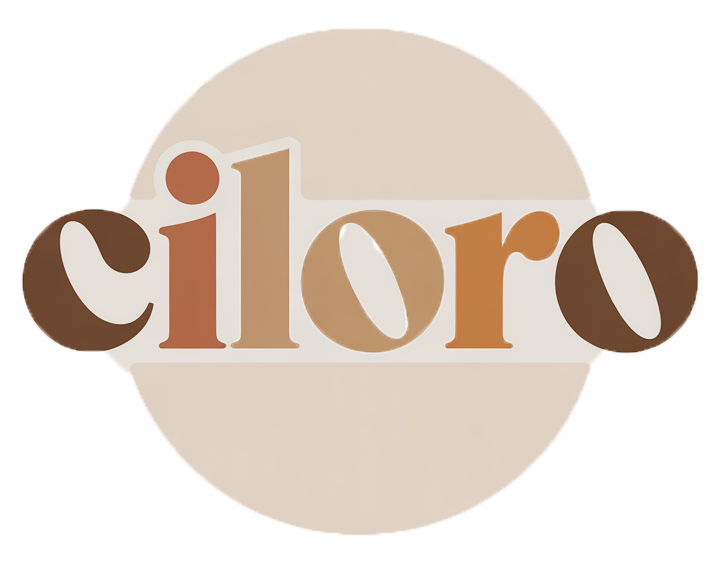Affordable Tips to Design Your Dream Home Library
A home library is more than just a collection of books; it is a sanctuary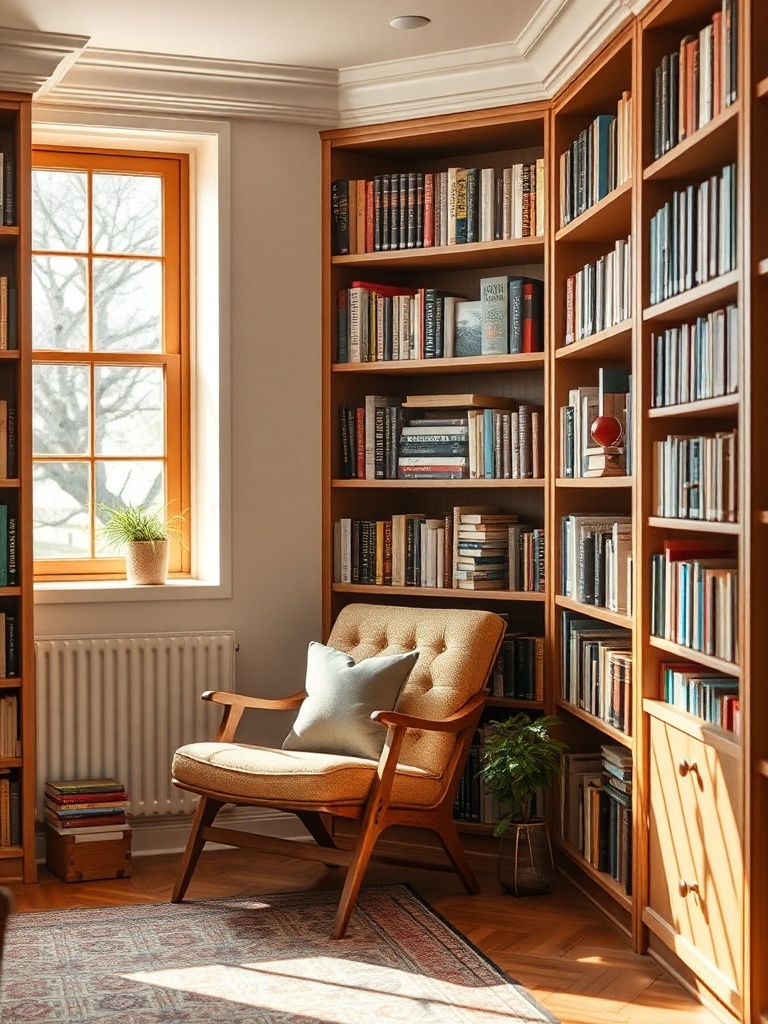
for readers, a space that fosters creativity, learning, and relaxation. The benefits of having a dedicated reading space extend beyond mere aesthetics; it provides a quiet retreat from the hustle and bustle of daily life, encourages regular reading habits, and can even enhance family bonding through shared literary experiences. This article aims to offer affordable tips for designing your dream home library, whether you are starting from scratch or looking to revamp an existing space.
Creating a home library that reflects your personality and meets your needs does not have to be an expensive endeavor. With careful planning and a few creative solutions, you can design a library that is both functional and inviting. From selecting the right space to choosing the perfect furniture and decor, this guide will walk you through the essential steps to achieving your ideal reading retreat.
Define Your Library’s Purpose
Reading vs. Multi-Function Space
Before diving into design choices, it is crucial to define the primary function of your library. Will it serve solely as a reading nook, or do you envision it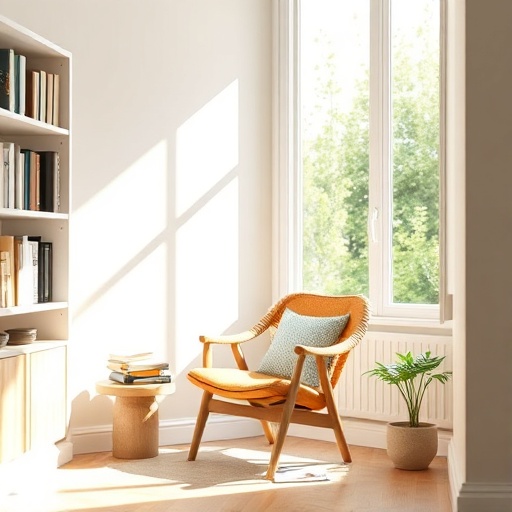
as a multi-functional space for studying, working, or even crafting? Understanding its purpose will inform your design decisions and help you create a space that meets your needs.
If you plan to incorporate other activities, consider how those will fit into the overall design. For example, a library that also serves as a game room may require additional seating and storage solutions for games and craft supplies.
Audience Considerations
Your library design should also take into account the needs of the people who will use the space. If you have children, you may want to create a section dedicated to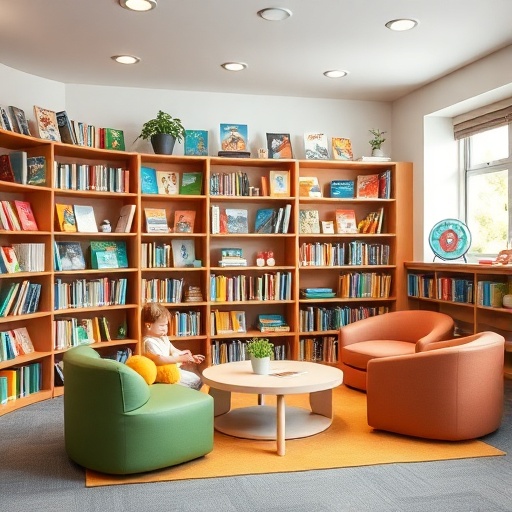
their books and activities, complete with comfortable seating and accessible storage. For adults or frequent guests, consider how the design can facilitate study groups or casual gatherings.
Assessing the needs of your audience will help you create a library that is welcoming and functional for everyone who uses it.
Selecting the Perfect Space
Assessing Available Rooms
When it comes to selecting the perfect space for your library, evaluating existing rooms in your home is a great starting point. Common options include:
- Living Room: Offers a social environment but may require careful planning to avoid clutter.
- Basement: Generally quiet and private but may need additional lighting and decor.
- Spare Room: Ideal for a dedicated library, allowing for personalized design.
Each option has its pros and cons, so weigh them carefully based on your lifestyle and preferences.
Natural Light and Ambiance
Natural light plays a significant role in creating a pleasant reading environment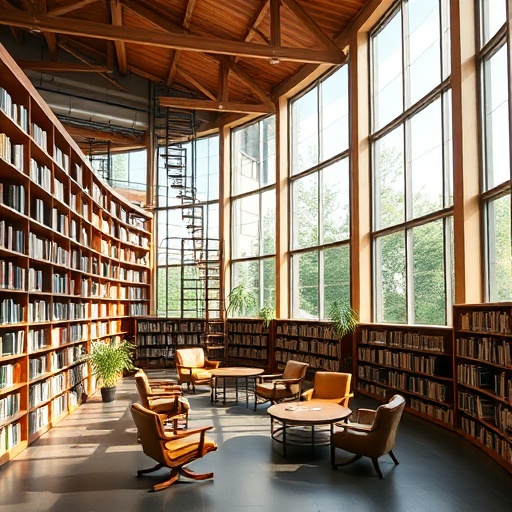
. A room with ample windows can enhance the ambiance and make the space feel more inviting. When choosing your library location, consider the following tips:
- Look for a room with south-facing windows for maximum sunlight.
- Use light-colored walls to reflect light and brighten the space.
- Incorporate sheer curtains to diffuse harsh sunlight while maintaining brightness.
Budgeting for Your Library
Setting a Realistic Budget
Establishing a budget is crucial for any home project. When designing your library, consider the following factors:
- Furniture: Chairs, tables, and bookshelves can vary significantly in cost.
- Decor: Items like rugs, curtains, and artwork can add to the overall expense.
- Bookshelves: Decide on the number and style of shelves you need.
Prioritizing elements based on your budget will help you make informed decisions and avoid overspending.
Cost-Effective Planning
There are many ways to save money while designing your library. Consider the following strategies:
- Shop at thrift stores or online marketplaces for affordable furniture.
- DIY projects can add a personal touch while keeping costs low.
- Consider second-hand bookshelves or repurposing furniture from other rooms.
With creativity and resourcefulness, you can create an incredible library without breaking the bank.
Choosing Bookshelves Wisely
Types of Bookshelves
Bookshelves are a key component of any library, and choosing the right type can enhance both functionality and aesthetics. Here are some common styles:
- Floating Shelves: Great for small spaces and can be arranged in various configurations.
- Traditional Bookshelves: Offer ample storage and a classic look.
- Modular Shelving: Flexible options that can be rearranged as your collection grows.
Each type has its pros and cons, so consider your space and needs before making a decision.
Maximizing Vertical Space
In smaller rooms, maximizing vertical space can help you store more books without cluttering the floor. Here are some tips:
- Use tall bookshelves that reach the ceiling.
- Consider wall-mounted shelves to create an illusion of space.
- Incorporate storage solutions like baskets or bins on higher shelves.
Furniture Selection and Arrangement
Comfortable Seating Options
Choosing ergonomic furniture is essential for creating a comfortable reading environment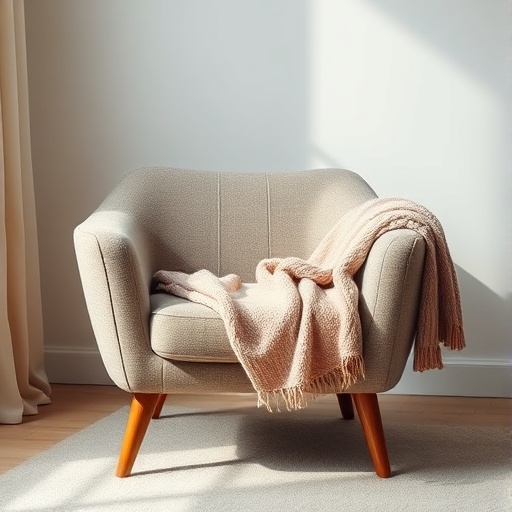
. Look for seating options that provide support and comfort, such as:
- Recliners for relaxation.
- Bean bags for casual seating.
- Thrifted armchairs that can be reupholstered.
Affordable options can often be found at second-hand stores or online marketplaces.
Layout and Flow
The arrangement of furniture significantly impacts the usability of your library. Here are some strategies:
- Arrange seating to encourage conversation and accessibility.
- Create cozy reading nooks with small tables for drinks or snacks.
- Leave enough space for movement between furniture pieces.
Lighting and Ambiance
Layering Light Sources
Effective lighting is crucial for a library. Consider layering different types of light sources, such as:
- Ambient Lighting: General lighting for the entire room.
- Task Lighting: Focused lighting for reading or studying.
- Accent Lighting: Decorative lights to highlight artwork or shelves.
Affordable lighting solutions include floor lamps, table lamps, and string lights.
Creating a Cozy Atmosphere
To enhance the comfort of your library, consider the following:
- Use rugs to define spaces and add warmth.
- Select curtains that complement your decor while providing privacy.
- Choose wall colors that promote relaxation, such as soft blues or greens.
Incorporating Technology
Tech for Readers
In today's digital age, incorporating technology can enhance your reading experience. Consider the following:
- Invest in e-readers or tablets for convenience.
- Explore audiobooks as an alternative means of enjoying literature.
- Use apps to catalog your books and keep track of your reading.
Smart Solutions for Lighting and Sound
Smart technology can greatly improve your library's ambiance. Look into:
- Smart lighting systems that allow you to adjust brightness easily.
- Bluetooth speakers for playing soft music or audiobooks.
- Affordable smart plugs to control lamps remotely.
Personalizing Your Space
Artwork and Decor
Personal touches make a library feel unique. When selecting artwork and decor, consider:
- Choosing pieces that inspire or motivate you.
- Displaying personal collections or photographs creatively.
- Incorporating quotes from favorite authors or books into your decor.
Thematic Design Ideas
Creating a themed library can add character. Here are some suggestions:
- Classic Library: Rich wood tones and vintage furniture.
- Modern Library: Sleek lines and minimalistic decor.
- Cozy Library: Soft textiles and warm lighting.
Incorporating your personal interests into the design can make the space more inviting.
Organizing Your Collection
Cataloging Your Books
Organizing your books can enhance both functionality and aesthetics. Consider the following strategies:
- Sort books by genre, author, or even color for visual appeal.
- Keep an inventory to track your collection and avoid duplicates.
- Use bookends or decorative boxes to keep shelves tidy.
Creative Storage Solutions
In addition to traditional bookshelves, explore non-traditional storage methods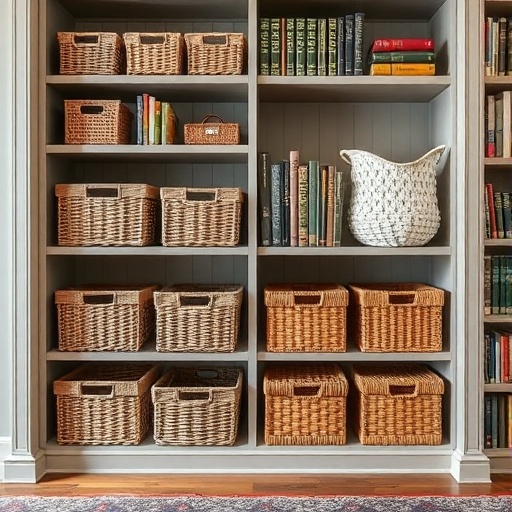
:
- Utilize baskets or decorative boxes for smaller items.
- Consider using an old ladder as a unique display for books.
- Incorporate furniture with built-in storage for a clean look.
Creating a Reading Routine
Setting Up a Cozy Reading Corner
A dedicated reading corner can enhance your library experience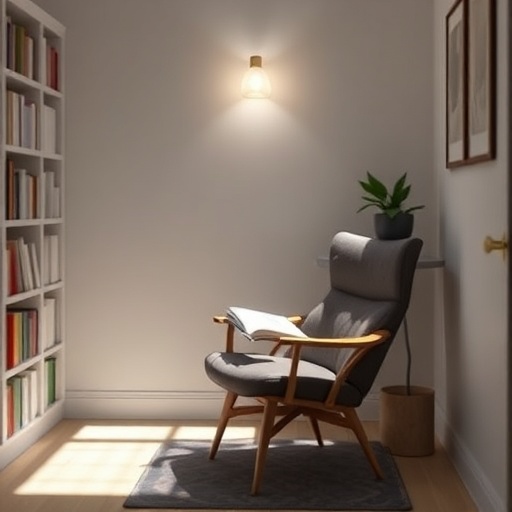
. Consider the following tips:
- Choose a comfortable chair and a small side table.
- Ensure good lighting for evening reading.
- Add personal touches like a favorite blanket or decorative pillows.
Incorporating Rituals
Establishing reading rituals can make the experience more enjoyable. Here are some ideas:
- Enjoy a cup of tea or coffee while reading.
- Play soft music in the background to set the mood.
- Encourage family reading time to foster a love of books.
Maintaining Your Library
Regular Upkeep
Keeping your library organized and clean is essential for maintaining its appeal. Consider these upkeep tips:
- Schedule regular cleaning sessions to dust shelves and organize books.
- Check furniture for wear and tear and address issues promptly.
- Rotate books occasionally to prevent damage from sunlight.
Evolving with Your Collection
Your library may evolve as your collection grows. Here are strategies to adapt:
- Reassess your space periodically to make room for new books.
- Consider donating books you no longer read to free up space.
- Be open to rearranging furniture as your needs change.
Conclusion
Designing your dream home library is a rewarding endeavor that allows you to create a personal sanctuary for reading and relaxation. By carefully defining the purpose of your library, selecting the right space, and incorporating thoughtful design elements, you can create a functional and inviting environment. Remember, the joy of reading is enhanced by the space in which you enjoy it, so take the time to cultivate a library that reflects your tastes and meets your needs.
Recap
In summary, the key points discussed include defining your library's purpose, selecting the perfect space, budgeting wisely, choosing bookshelves and furniture, incorporating technology, personalizing your space, organizing your collection, and maintaining your library. Each of these elements contributes to a fulfilling reading experience.
Key Takeaways
- Define the primary purpose of your library to guide design choices.
- Choose a space with ample natural light for a pleasant atmosphere.
- Set a realistic budget and explore cost-effective options.
- Personalize your library with decor that inspires you.
FAQ
What is the best way to choose a location for my library?
Consider factors such as natural light, noise levels, and available space. A quiet room with good lighting is ideal.
How can I create a cozy reading atmosphere?
Incorporate soft lighting, comfortable seating, and personal touches like rugs and decor to enhance comfort.
What are some budget-friendly furniture options?
Shop thrift stores, online marketplaces, or consider DIY projects to find affordable furniture that fits your style.
How do I organize my books effectively?
Sort books by genre, author, or color, and consider using decorative storage solutions to keep shelves tidy.
What technology can enhance my reading experience?
Consider using e-readers, tablets, and smart lighting to create a more enjoyable reading environment.
